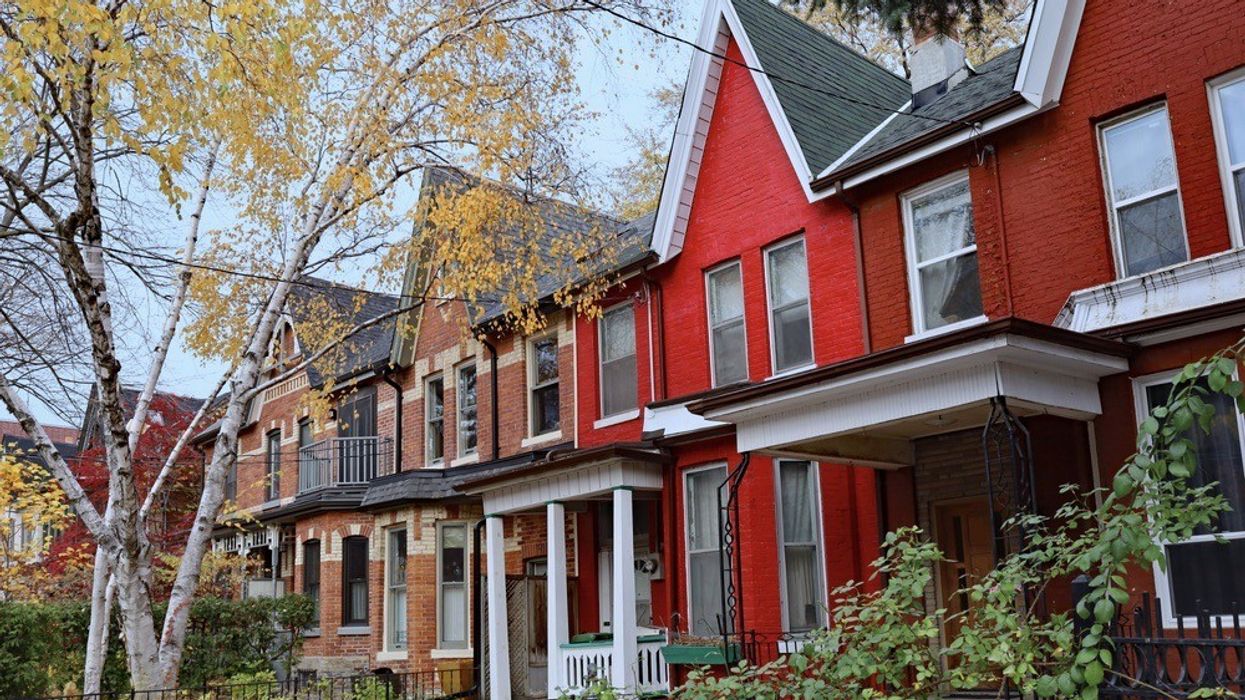As Ontario prepares to enter Step 3 of the province's reopening plan this week, the return to normalcy has never been closer. In the months to come, there will be a boost in immigration, the restoration of jobs in the hospitality and tourism industries, and the return of foreign students -- all of which will give rise to a major shift in the housing market before the end of the year.
Subsequently, the boost in housing demand will drive prices higher, both locally and on a national level, according to Royal LePage's latest House Price Survey.
The House Price Survey, which looks at 62 of the country’s biggest real estate markets, found 89% of them have already experienced double-digit price gains as of the second quarter of this year.
According to Royal LePage, GTA home prices (all types) rose 18.2% year-over-year to a median of $1,035,000 in the second quarter of this year, compared to 25.3% growth to $727,000 nationally in the same period.
READ: Fearing Affordability, Young Ontario Home Buyers Consider Leaving Like Never Before
In comparison, in the City of Toronto, the aggregate price of a home increased 8.3% year-over-year to $1,115,000 in the second quarter of 2021. During the same period, the median price of a single-family detached home increased 14.8% to $1,550,000, while the median price of a condominium increased 5.8% to $695,000.
Unfortunately, until a real solution to the housing supply shortage is implemented in the area, prices are expected to rise even further, says Karen Yolevski, chief operating officer, Royal LePage Real Estate Services Ltd.
“We may see a slight slowdown over the summer, but demand is expected to rise again in the fall with the return of students to in-person learning, the revival of the tourism and hospitality industries, and an increase in immigration. That demand will increase competition and continue to push prices upward.”
Yolevski added that while the pandemic has driven demand in the suburbs and rural areas, the return to a pre-pandemic normal will draw homebuyers back to the city centres.
“Young people will always be drawn to the downtown core. The walkability, access to restaurants and entertainment, and the diversity of different neighbourhoods will once again become top priorities for potential buyers once the fear caused by the pandemic diminishes,” noted Yolevski.
In light of this, Royal LePage expects the Greater Toronto Area aggregate home prices are poised to now reach $1,093,500 by Q4-2021, a 14.5% year-over-year increase.
READ: COVID Has Offered an Unprecedented Opportunity to Reimagine Toronto
On a national level, Royal LePage says the level of competition seen in recent months is beginning to slow.
“After a year of record growth in the Canadian housing market, we appear to have passed the peak of price appreciation,” said Phil Soper, president and CEO of Royal LePage. “While current home price gains are expected to be sustained due to chronically low inventory and new demand from growing household formation, investors and newcomers, the torrid pace of home price appreciation has begun to moderate.”
While the Canadian housing market may have passed “peak price appreciation,” the accelerated prices and heated sales recorded earlier this year have nonetheless prompted Royal LePage to revise its 2021 forecast upward a second time.
It is now predicting prices will rise 16% annually by the fourth quarter to a national average of $771,500.
While the rate of price appreciation is decelerating, similar to the Toronto area, a boost in demand is expected in the fall from foreign students, newcomers, and investors as pandemic-era restrictions are lifted and the effects of the global health crisis ease.
“Over the past six months, soaring prices and intense competition for the limited supply of homes for sale have left many Canadians frustrated with their inability to improve their housing situation," said Soper.
Though, as home prices stabilize, Soper says many of these potential buyers, who will have had time to build up a larger down payment, should finally have an opportunity to enter the market and make a purchase.
Of course, buyers then will still face what buyers today struggle with: a lack of supply.
With a lack of housing inventory in markets from coast to coast, competition for the available properties will remain sharp, further pushing prices up.
“Policy makers in this country have struggled for years to address our housing supply crisis,” says Soper. “All too often our political leaders fall into the ‘quick fix’ trap, throwing new taxes or regulations at the housing economy which do little but temporarily push people to the sidelines, creating pent-up demand. That temptation looms large now."
"Yet, what Canadians do not need are pandemic-era policies in a post-pandemic economy. We need to address the fundamental flaws in our development approval processes, so we may someday have the homes our people require. It is our only hope to address housing affordability," said Soper.


















